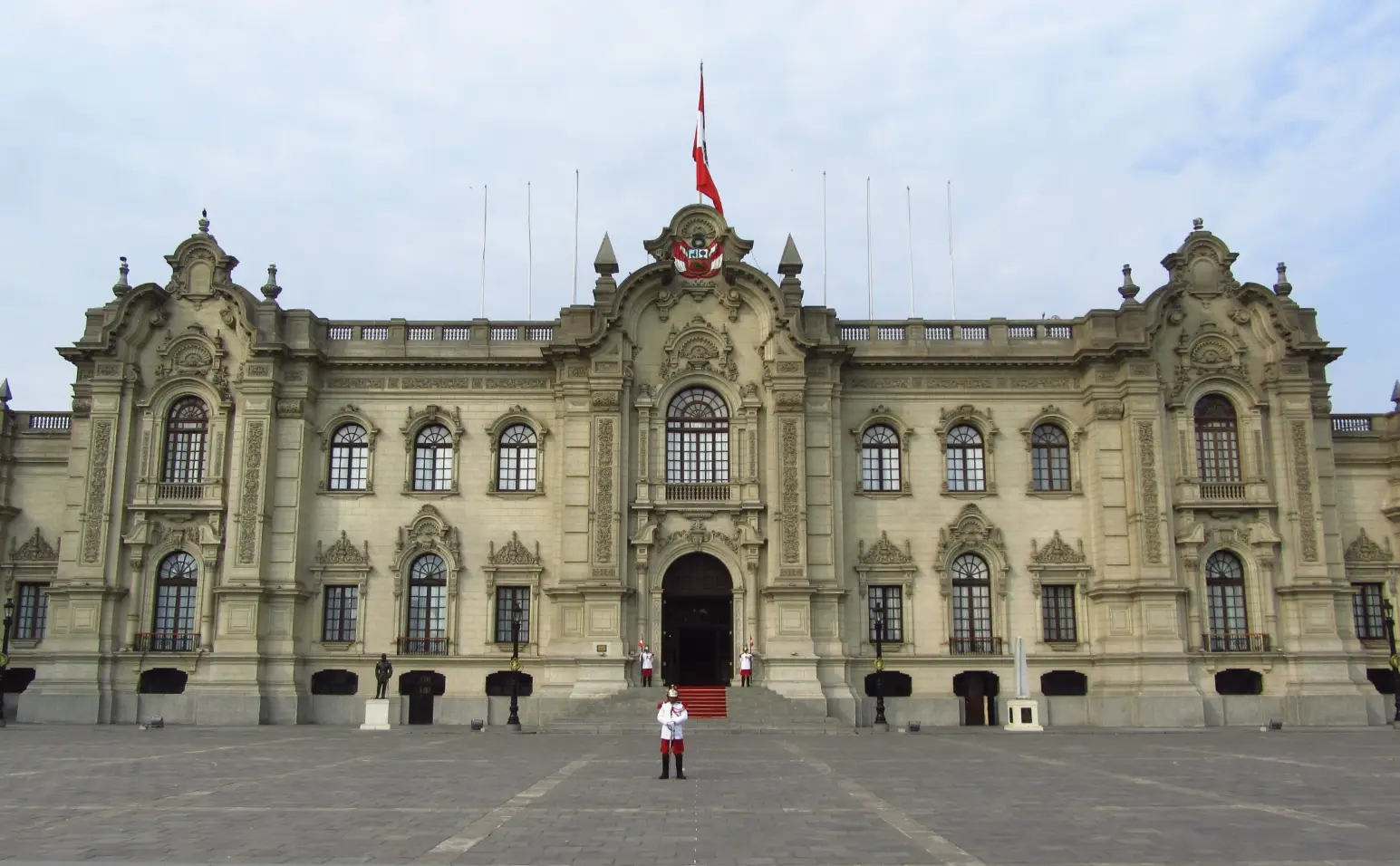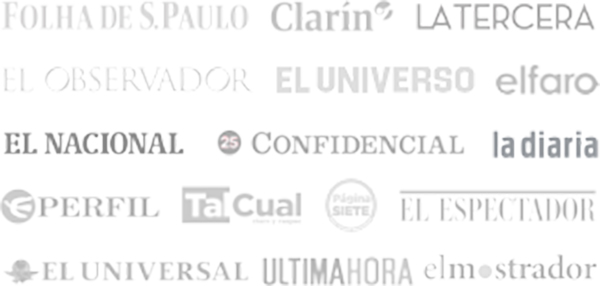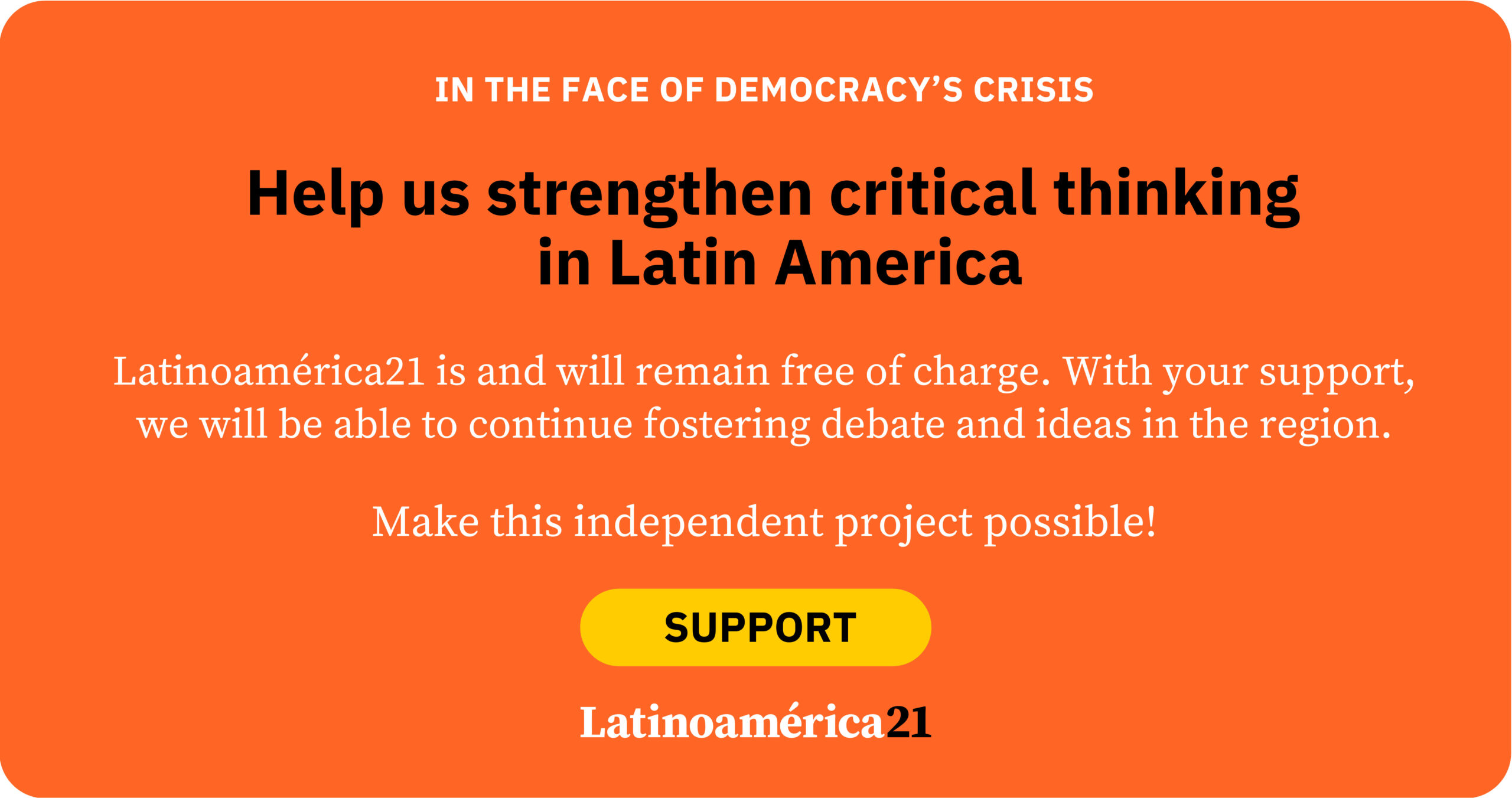Public Administration (PA) is traditionally associated with bureaucracy and the structure of the State, according to theorists like Alexis de Tocqueville, Jean Bonin, Dwight Waldo, or Woodrow Wilson, to name a few. However, PA is also a social science that contributes to diagnosing the problems afflicting society. It is one of the sciences that most impacts people’s lives, since security, public services, education, and healthcare, among others, are intimately linked to daily life.
It is worth noting that PA is not static; it has undergone various changes over time. In The Old Regime and the Revolution, Tocqueville highlighted that bureaucracy survived the collapse of absolutist regimes. Meanwhile, Weber analyzed the organization of the Prussian State, which was the most efficient, effective, and successful in implementing public policies. However, with the arrival of the 20th century, administration began to transform, influenced by other schools of thought.
Between 1920 and 1932, Taylorism and Fordism influenced administration by appealing to consumption, efficiency, and the social division of labor. Between 1940 and 1950, the human relations school emerged, promoting the analysis of organizations through individuals and their behaviors. Simultaneously, the so-called contingency school appeared, focused on analyzing organizations based on the internal and external stimuli they faced.
With the end of World War II, social sciences gained prominence, marked by the triumph of liberal democracy over fascism. PA was no exception and adopted a two-dimensional focus centered on 1) electoral and liberal democracy, and 2) the formation of the welfare state, that is, an interventionist model that redistributed wealth and sought to reduce inequality gaps.
During the 1970s, the welfare state model became exhausted and gave way to a minimal State, centered on non-intervention in the economy and based on the dogma that the market self-regulates. The entry of the deregulation project impacted Public Administration, paving the way for the New Public Management (NPM), focused on incorporating private sector principles into the State to correct ills like corruption, inefficiency, and the unwieldiness caused by state-owned enterprises.
The world began witnessing the rise of presidents and prime ministers who were not necessarily trained administrators but who pushed for NPM through deregulation policies. Margaret Thatcher in the United Kingdom and Ronald Reagan in the United States were the main figures promoting economic liberalization, privatization of state-owned companies, and the reduction of state intervention in the economy.
These figures centered their projects on the profitability of enterprises for their national economies. We speak of events like the closure of mines in the United Kingdom and the street protests challenging Thatcher, or Reagan’s “Reaganomics,” focused on reducing oil taxes and simplifying the tax system. These decisions aimed to clean up economies, eliminate tariff barriers, and combat corruption fostered by previous governments.
Sociologists like Naomi Klein called this the “shock doctrine,” meaning an aggressive treatment applied against the disease — that is, the economic crisis. In Latin America, NPM was accompanied by military governments such as those of Augusto Pinochet in Chile and Rafael Videla in Argentina; both generals were backed by the national security doctrine promoted by Henry Kissinger but also had an economic project. These governments privatized various companies to reduce the fiscal burden on the economy.
Throughout the 1980s and 1990s, Latin America was governed by a range of presidents categorized as part of the NPM. In political science, this period coincided with the rise of what is known as neopopulists, referring to charismatic figures whose speeches promised to eliminate inherited problems through economic deregulation. All were democratically elected, but some, once in power, opted for authoritarianism.
A neopopulist like Alberto Fujimori in Peru, who ruled with absolute power from 1992 to 1999, did so allied with the country’s major capital groups and adopting the Washington Consensus. In Argentina, Carlos Menem privatized nearly 80 state-owned companies across sectors like mining, the military, and telecommunications. Meanwhile, in Mexico, the deregulation project was carried out by the then-hegemonic party, the Institutional Revolutionary Party (PRI).
The PRI promoted Carlos Salinas de Gortari, who, once president, promised to embrace “social liberalism,” essentially rebranding the neoliberal project. Salinas managed to renegotiate Mexico’s external debt, sold off non-profitable state-owned companies, and generated new economic growth. A feature of his government was that his cabinet was composed of members educated at top U.S. institutions: the University of Chicago, Yale, and Harvard.
Some long-standing leftist presidents, critical of great powers, also adopted free-market policies. In Brazil, the sociologist Fernando Henrique Cardoso, who in his joint work with Enzo Faletto Dependency and Economic Development in Latin America criticized economic imperialism, had to align with free-trade models once in office.
In other latitudes, like Eastern Europe and Asia, the story had some variations. During the third wave of democratization, according to Samuel Huntington, the former Soviet countries adopted free-market economies and parliamentary democracies; however, their processes consolidated mafia states — meaning political and economic power unified within a business elite associated with the ruling government.
Russia is the prime example. Boris Yeltsin was the first president of the Russian Federation; during his term, he sold state-owned companies to former Soviet members, creating an oligarchy. When succeeded by Vladimir Putin — who has alternated power between prime minister and president — privatizations continued. The difference with his predecessor is that Putin co-opted the economic elites, allowing him to remain in power and eliminate any real opposition.
Putin did not subject economic power to his autocratic rule but created a symbiotic relationship: they need each other to survive. Russia is not a democracy, but the business sector does not seem to mind, as long as it continues to profit. Meanwhile, in Asia, the story of modernization is marked by New Public Management and authoritarianism.
Countries such as South Korea, Singapore, and the Philippines were shaped by authoritarian regimes that embraced free-market policies. In South Korea and the Philippine archipelago, military and personalist dictatorships respectively were essential in integrating these countries into globalization. In Singapore’s case, the hegemonic People’s Action Party has governed since independence, adapting to economic changes in an interconnected world.
All the cases mentioned above are associated with New Public Management, as private sector approaches have been adopted to implement free-market models. In some cases, authoritarianism has accompanied economic deregulation — whether by civilian or military authoritarian governments; in others, it has been a project transcending presidential terms; and in yet another few, it has coexisted with liberal democracy.
It is worth highlighting that the leaders described above are not the only ones tied to NPM, as the world is witnessing the rise of others with even stronger business tendencies. Just to name a few: Donald Trump and the backing he received from tech giants such as Musk, Bezos, or Zuckerberg; Nayib Bukele and his innovations in cryptocurrencies; Javier Milei, who governs Argentina as if it were a private company; or Xi Jinping, who has steered China towards technological conversion.
*Machine translation proofread by Janaína da Silva.













